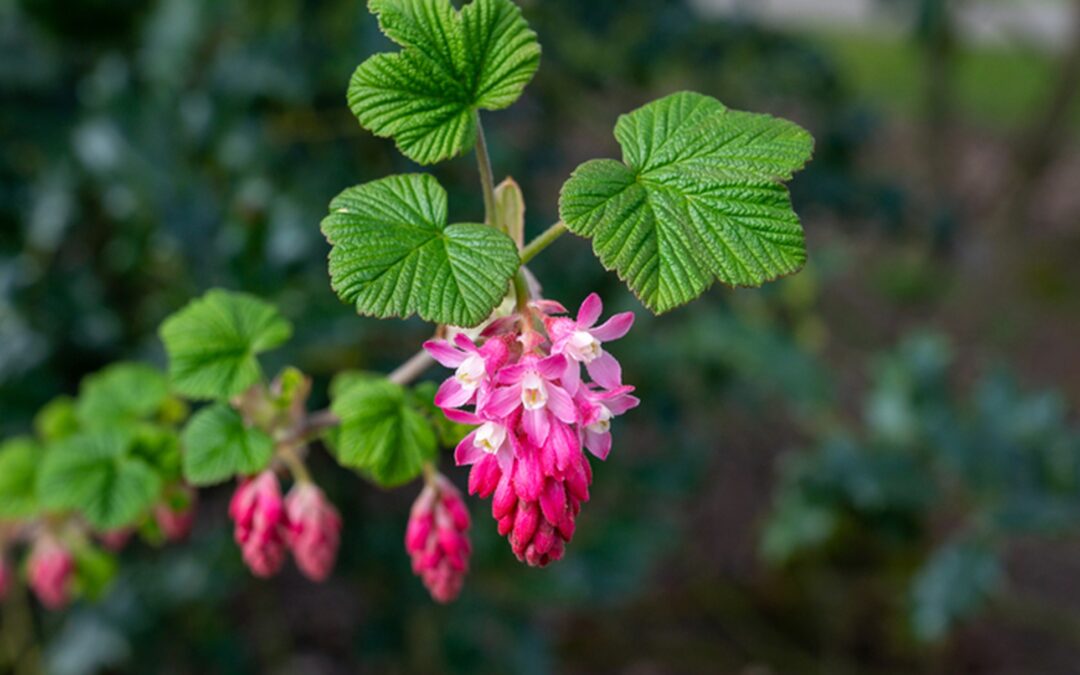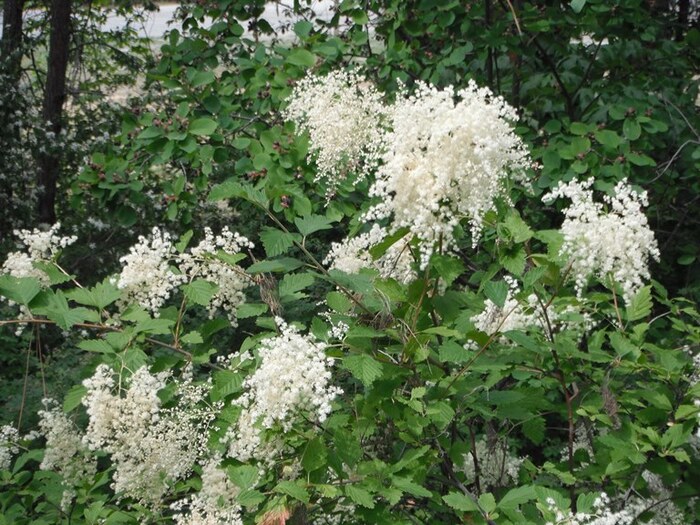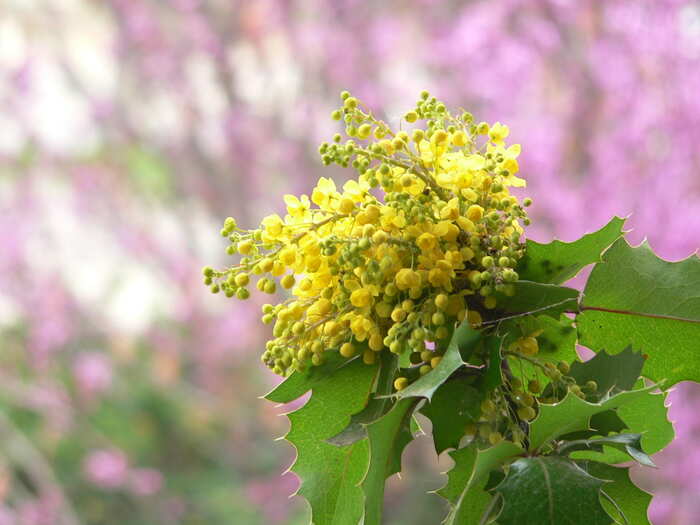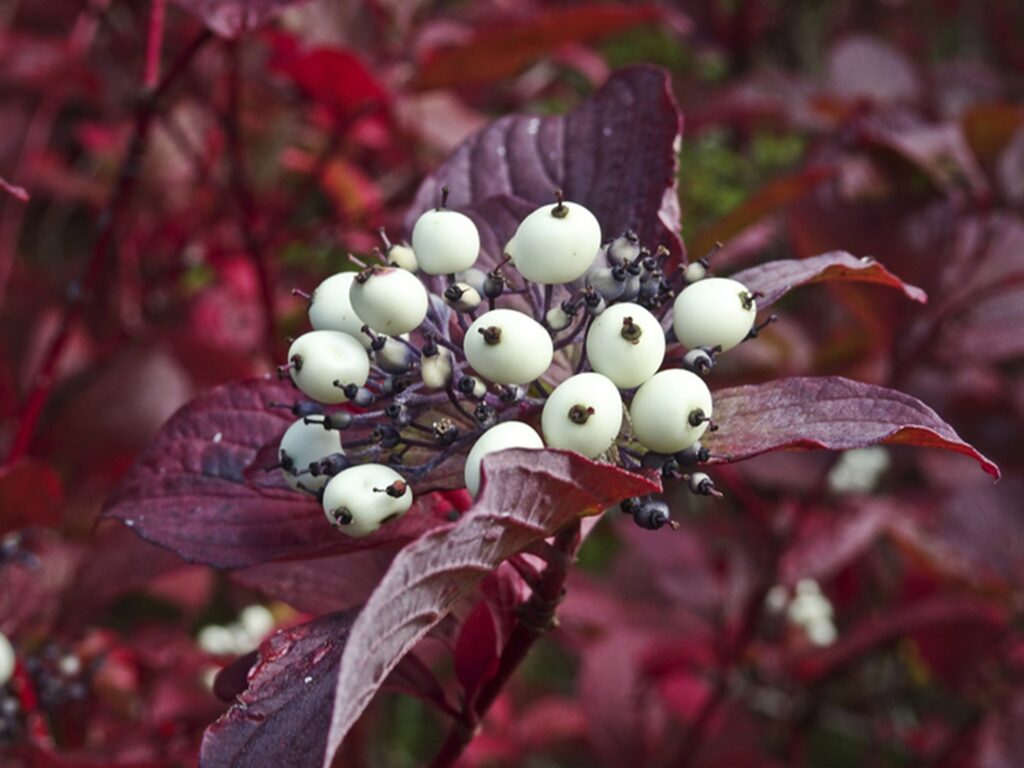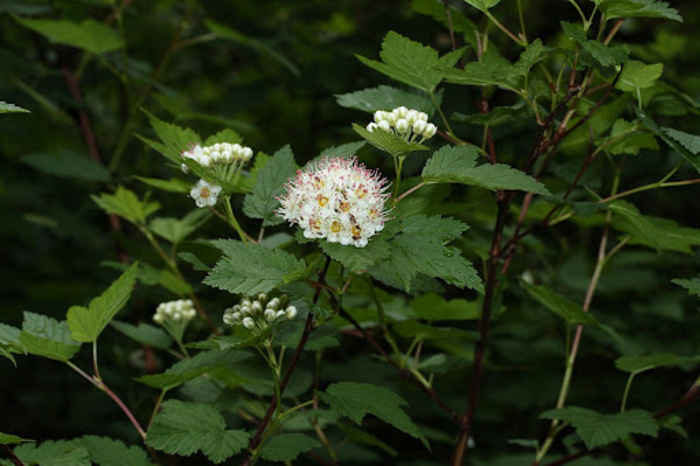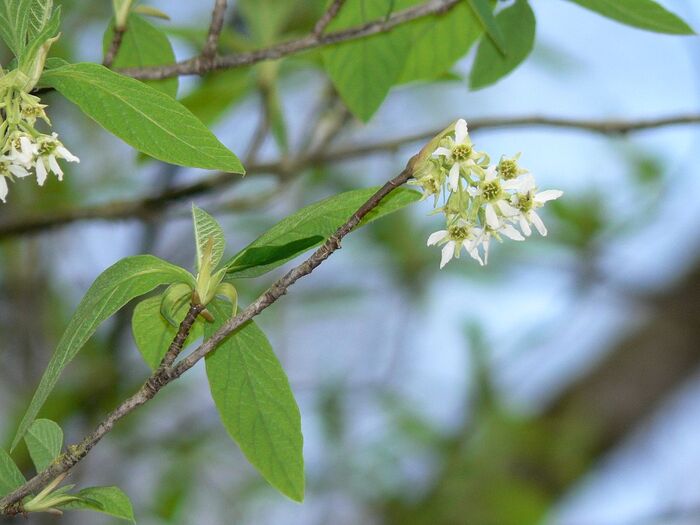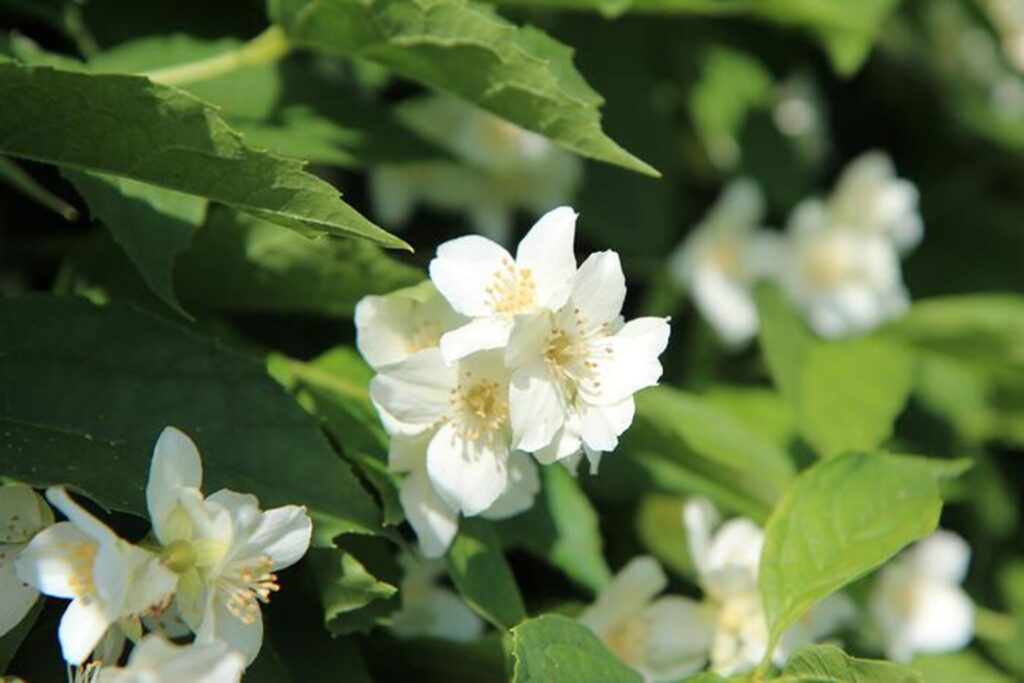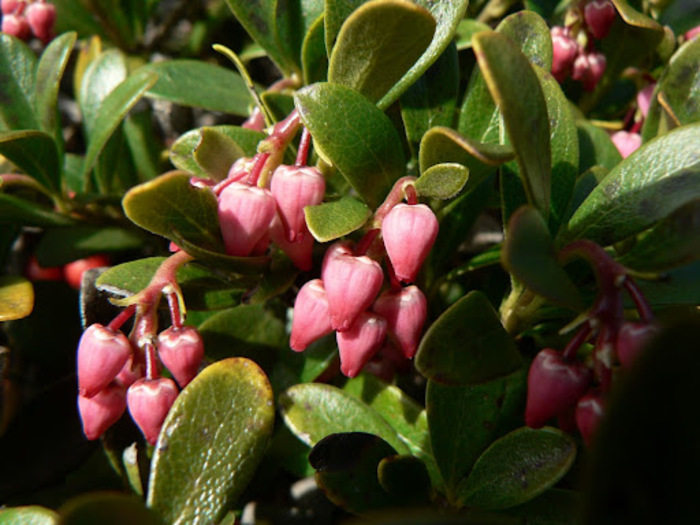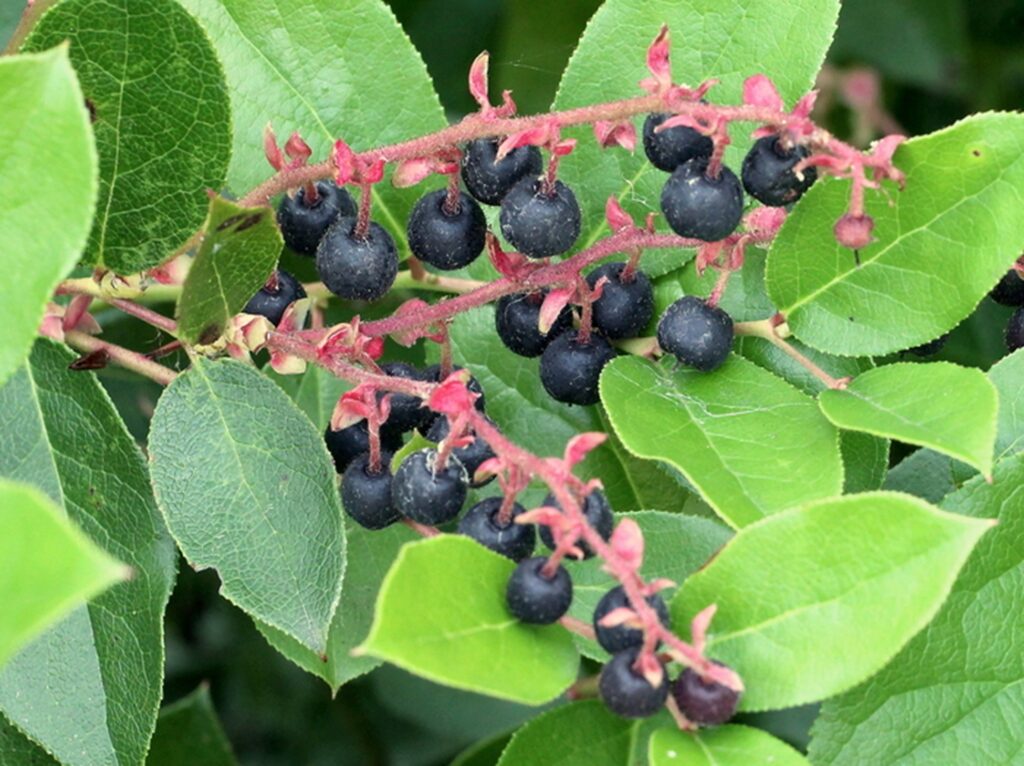Top Pacific Northwest Native Plants For Your Garden
Native plants are always a great addition to the landscape. They require less water and create shelter and food for wildlife while looking good at the same time.
Gardening with native plants can create a healthier and more beneficial environment for everyone.
Landscaping choices affect the populations of birds and the insects they need to survive. If your garden has no native plants, it becomes an ecological desert for pollinating insects that are essential to our survival.
Native plants are adapted to our environment, so keeping them alive year-round may not be as difficult in the long term as more cultivated plants.
Here are some of the top native plant picks for our area:
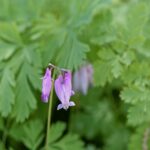
Pacific Bleeding Heart (Dicentra formosa)
Pacific bleeding heart, of course, has pink heart-shaped blooms. This native plant grows easily. Hummingbirds are attracted to the flowers. The leaves emerge from the ground from February to March, and it starts to bloom in late March. It grows up to 2 ft. It can spread and does well in moist shade.

Showy Milkweed (Asclepsias speciosa)
Showy milkweed is a unique addition to any landscape. It has round pink flowers in a ball shape that attract pollinators. Showy milkweed does best in the open sun with moist, fertile soils and low competition from taller plants.
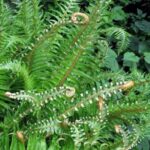
Sword Fern (Polystichum munitum)
Sword fern has toothed leaves and brown spores underneath. It does well in the sun or shade. Most plants reach 4 – 6 ft. Fiddleheads or small fronds emerge in the spring. It is used as a ground cover and can adapt to a wide range of soils and conditions. The Sword Fern can also prevent erosion by stabilizing soils in hilly areas.
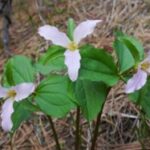
Western trillium (Trillium ovatum)
This spring perennial flower grows to about 1- 1.5 ft. It can grow in partial shade to full sun and tolerates wet soil. The flowers go from white to pink as they fade. Wildlife enjoys eating the seeds.
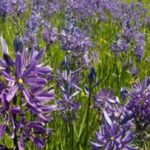
Common Camas (Camassia quamash)
Camas is a well-known native flower that attracts pollinators like butterflies and hummingbirds in the spring. The bulbs are planted in the fall. Camas is drought tolerant and does best in full sun. These beautiful plants grow 8 to 28 inches tall and 6 inches wide.
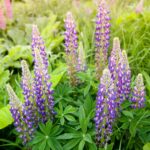
Broadleaf Lupine (Lupinus latifolius)
This top-notch, drought-tolerant evergreen perennial has blue-violet flowers in spring. Lupines are perfect for the back edge of a bed. These plants can grow between 2 – 3 feet tall and up to 3 feet wide. Lupines grow best in full sun and well-drained soil.
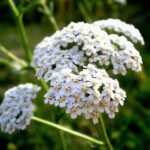
Yarrow (Achillea millefolium)
Yarrow is a low-maintenance native herb that benefits the ecosystem. It has small, flat-topped heads of flowers at the tops of the stems that attract native bees and other pollinators. Yarrow is drought tolerant and likes the full sun. They are also great as a cut flower. These plants grow up to 3 feet wide and 2 feet across.


